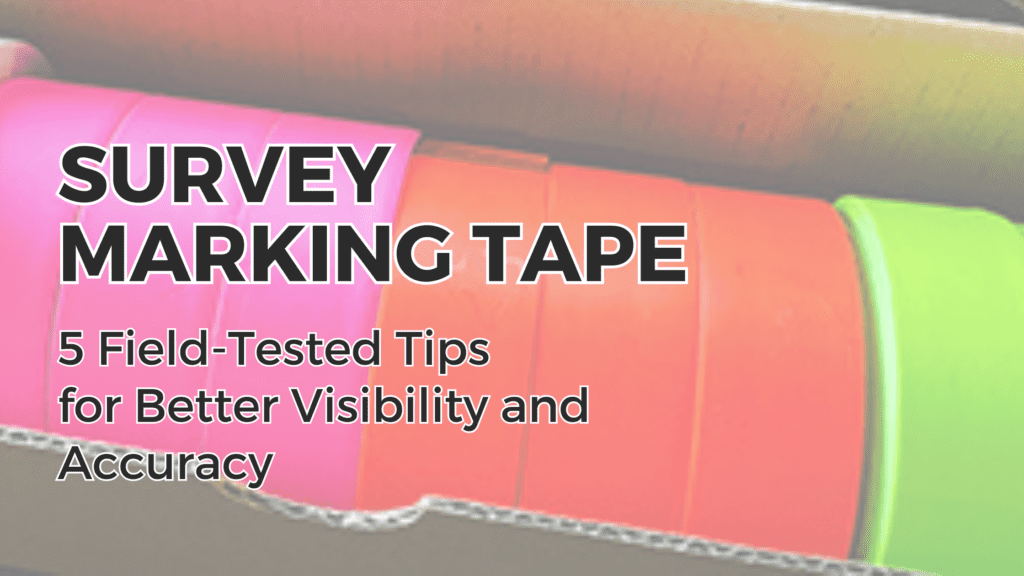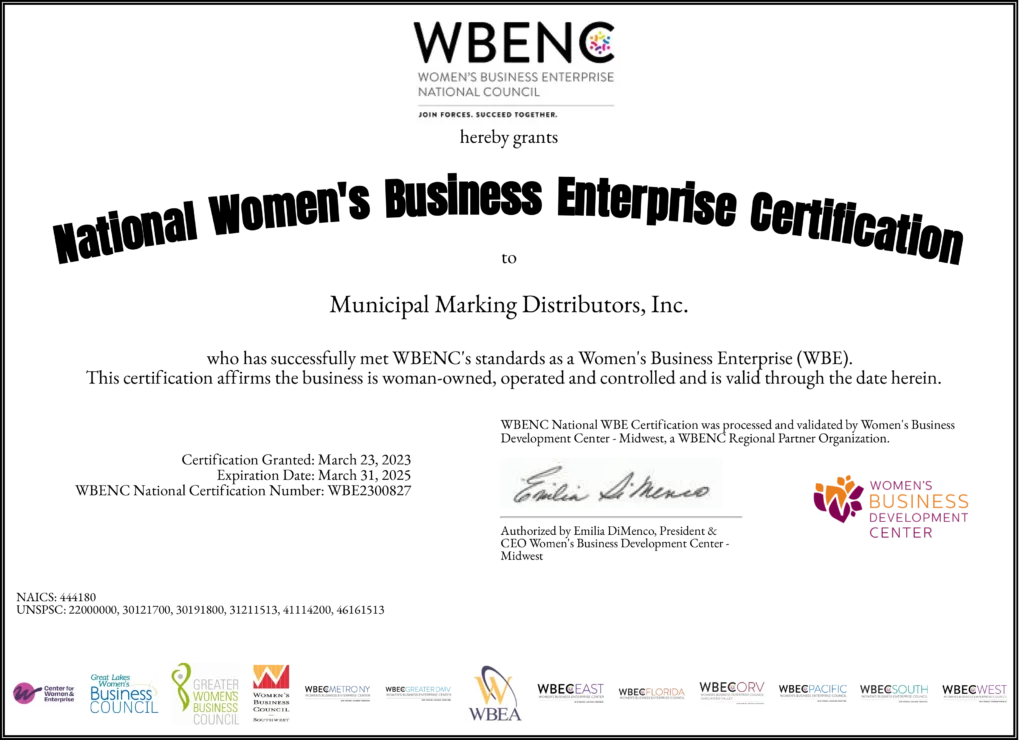
When it comes to fieldwork, the tools that make the biggest difference aren’t always the flashiest. Survey marking tape is a perfect example—a lightweight, brightly colored strip that plays a crucial role in keeping job sites organized, crews on the same page, and data accurate.
Whether you’re marking boundaries, identifying hazards, or flagging reference points, good tape (and smart technique) can save time, reduce confusion, and even prevent mistakes. So how do the pros make the most of this simple but essential tool? Here are five tips straight from the field.
Survey marking tape isn’t just about visibility, it’s also about communication. Colors can be used to indicate everything from utility types to environmental boundaries to crew-specific markings. While there’s no universal standard, many teams adopt common color schemes to keep things consistent.
Looking for versatility? Multi Color Presco Flagging is a favorite among field crews who need fast, visual differentiation between project phases or subcontractors.
A little goes a long way. Too much tape clutters the landscape and can confuse teams or delay inspections. Instead of flagging every stake or shrub in sight, place tape where it’s most needed, like at decision points, intersections, or hard-to-spot benchmarks.
If you’re working in regulated environments like wetland zones, Wetland Boundary Flagging offers clear visual indicators for restricted areas without over-marking.
Some job sites require tape to last weeks or months. Others need it to break down naturally after a few days or a season. Matching tape type to your project timeline matters—for both performance and environmental responsibility.
Bonus: biodegradable options reduce the time and labor needed for post-project cleanup—always a win.
If you’ve ever fought with a roll of flagging tape in the wind, you know how frustrating it can be. A simple fix? Use a flagging dispenser. MMD’s compact Flagging Dispenser keeps rolls secure and tangle-free so you can work faster—and with one hand free for coffee, stakes, or your field book.
Even the best tape won’t help if it’s used inconsistently across the site. Before the project kicks off, align your team on the color scheme, placement strategy, and any special symbols or tags being used. That five-minute talk can prevent five days of confusion later.
If you’re working with multiple crews or subcontractors, consider Striped Flagging or Texas Flagging Ribbon—unique styles that help clearly define zones, responsibilities, or specific tasks at a glance.
Survey marking tape may be simple, but it speaks volumes—when used well. By choosing the right type, using consistent colors, and placing it with intention, you’ll help your crew stay safer, your site stay organized, and your data stay accurate.
Need high-visibility, weather-ready flagging? MMD carries a full range of survey marking tapes designed for every job site—whether you’re working in the woods, the wetlands, or the middle of Main Street.
RECEIVE 10% OFF
When you sign up for our newsletter
